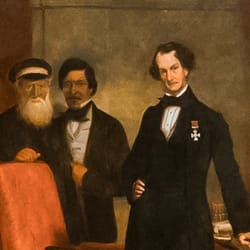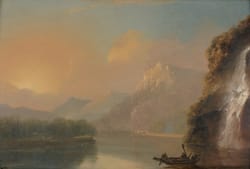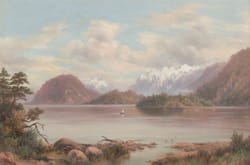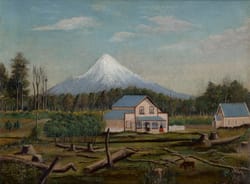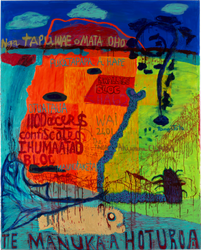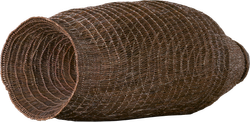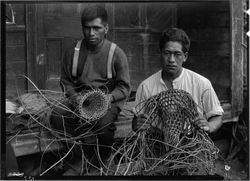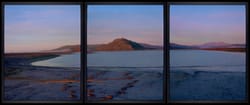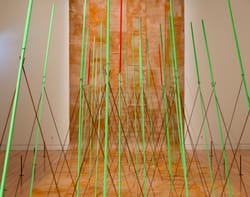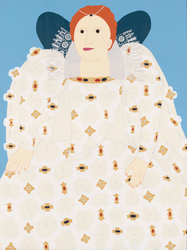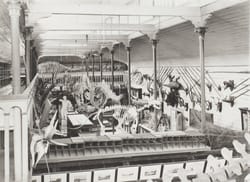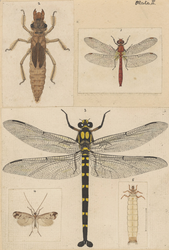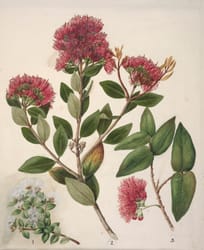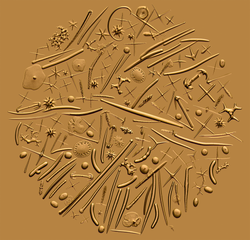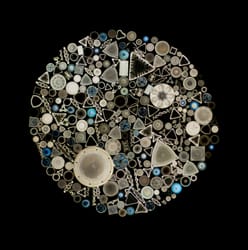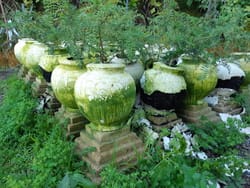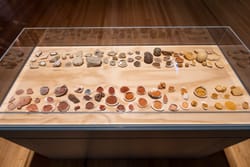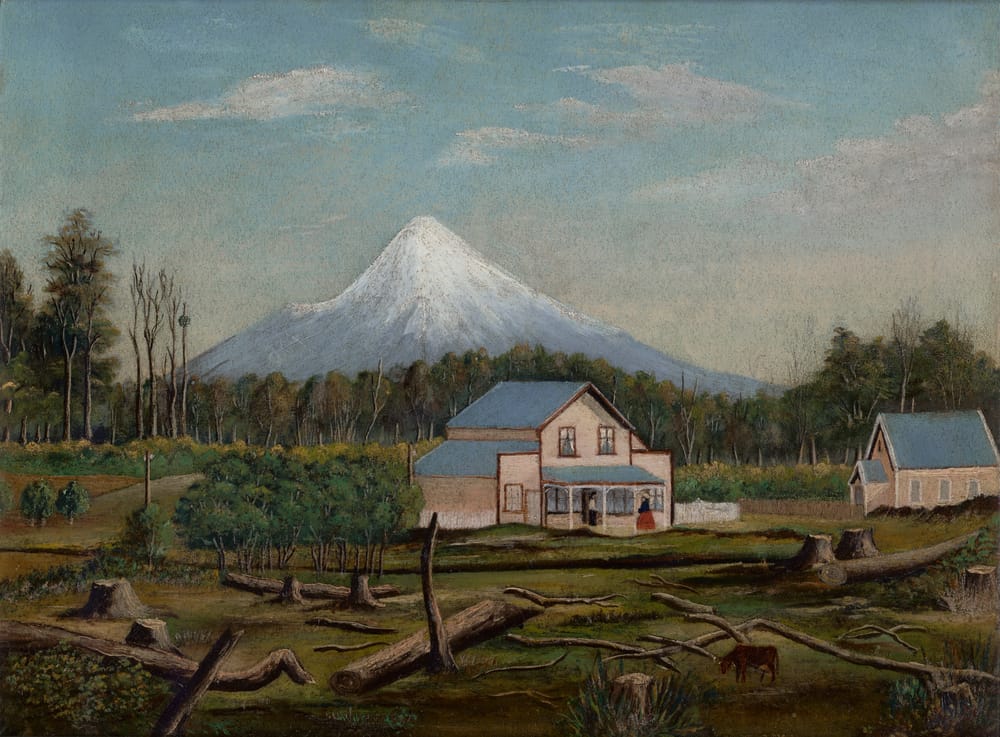
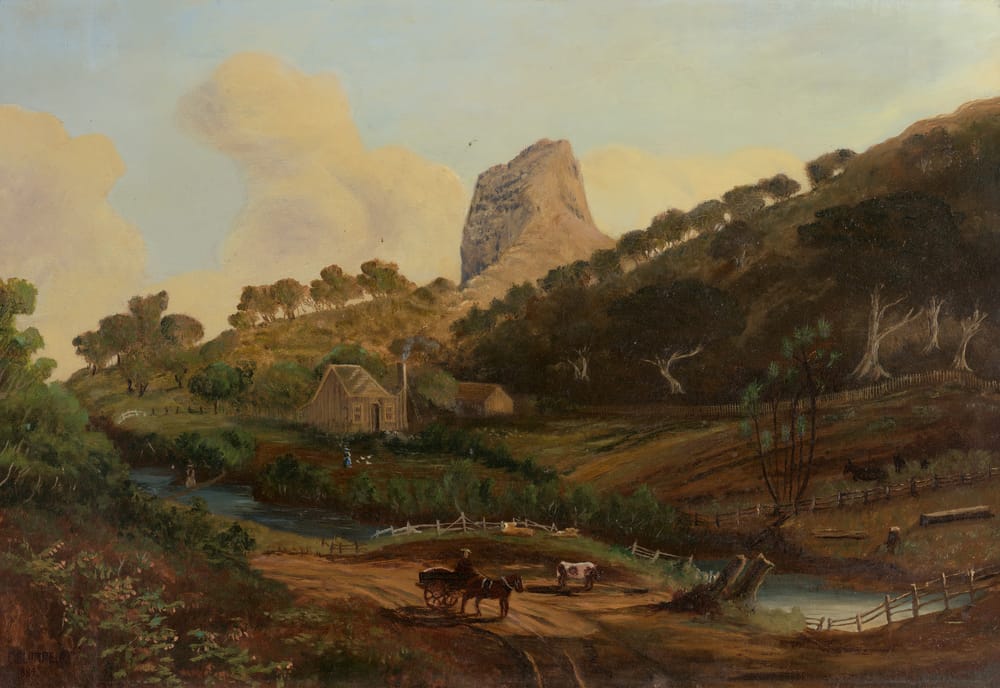
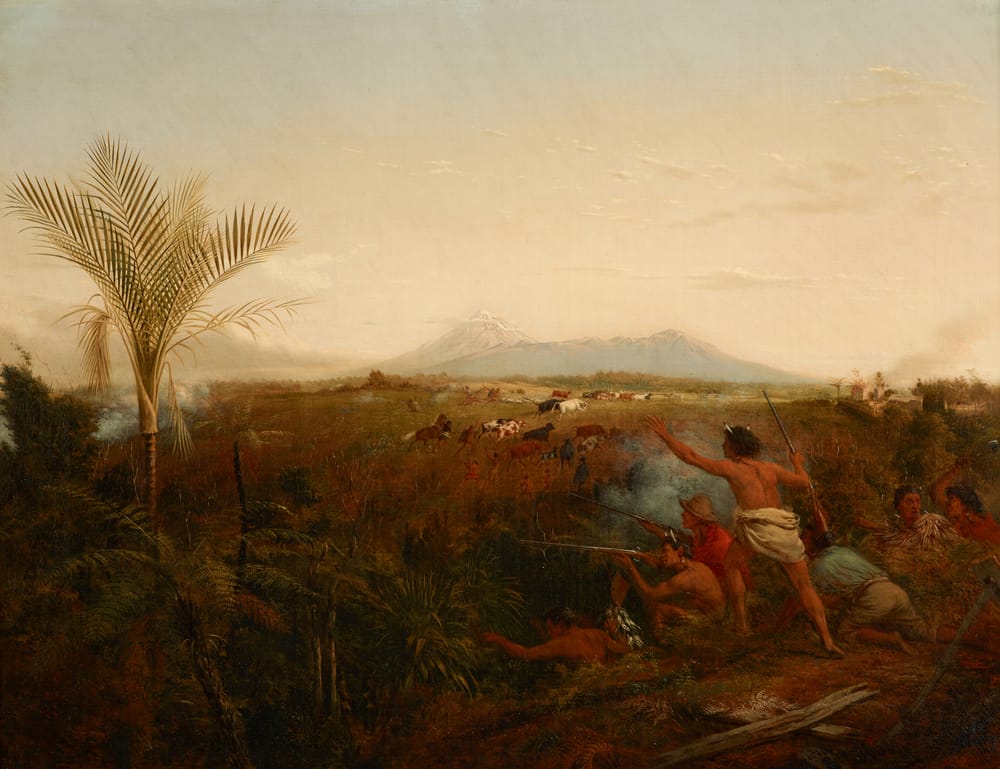
Close
MOANA
Imagine it’s 1886. There’s a major exhibition of New Zealand artworks planned in London. How should the men in charge decide which works to put on display?
Former premier Alfred Dommett has an opinion. Well, he used to be the head of government, so let’s hear what he has to say about the purpose of landscape painting.
ALFRED DOMMETT
The great object of this exhibition is to show what the useful parts of New Zealand are like, such as the sheep runs and the agricultural plains.
They are probably not the most picturesque places, like mountains and glaciers, but it would be well to show people that there is land to settle on.
MOANA
I suppose the question is – what is landscape art for?
ALFRED DOMMETT
It just needs to tell the truth and be descriptive! Take this work in front of us. Landscape with settlers by the Messenger Sisters, 1857. They have the right idea. The painting shows a sturdy house in the forest – there are stumps, some livestock, even a little church.
That’s good. It communicates that though a settler’s life is not an easy one, this is a place you can settle down.
It’s the same with this one over here – Shaw’s House, Karekare. Look how green it is, you could almost be back home in England. Very good. I don’t see why a painting needs to be political. Do you?
Yes, this is a splendid work for our exhibition.
MOANA
Thanks so much for your time Mr Dommett!
I mean, what’s in the painting is very peaceful, but what we’re not seeing is the conflict over land that is brewing between settlers and local iwi (tribes) at this exact time.
It was 1857. Taranaki is about to be engulfed in the New Zealand Wars, and the men of the Messenger family were part of the militia. Look just over to the right. There’s a painting of what was about to happen in Taranaki …
Sometimes, it's worth thinking about what’s outside the frame, as well as what’s inside.
